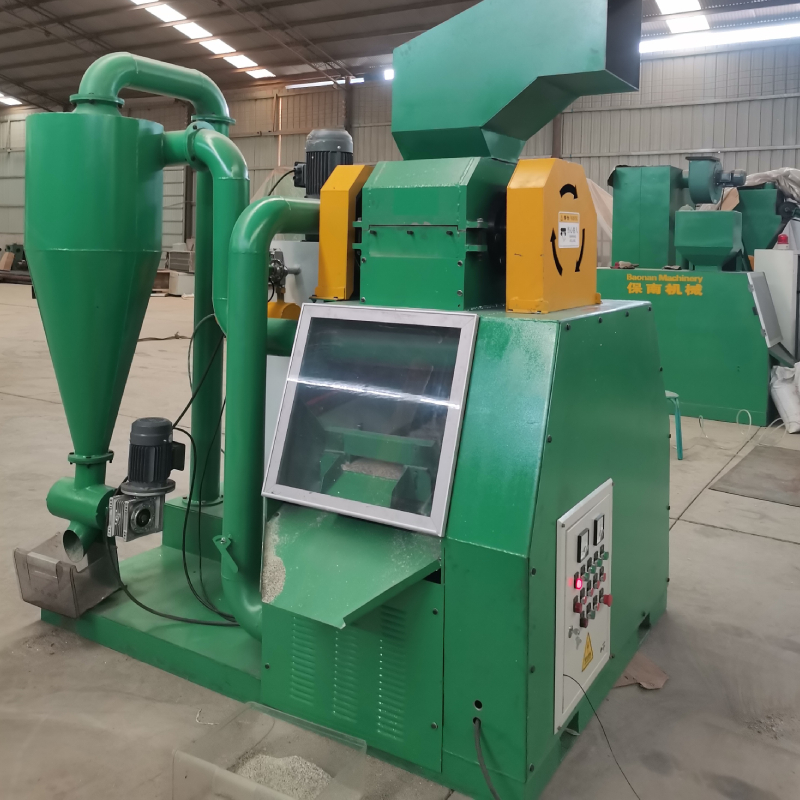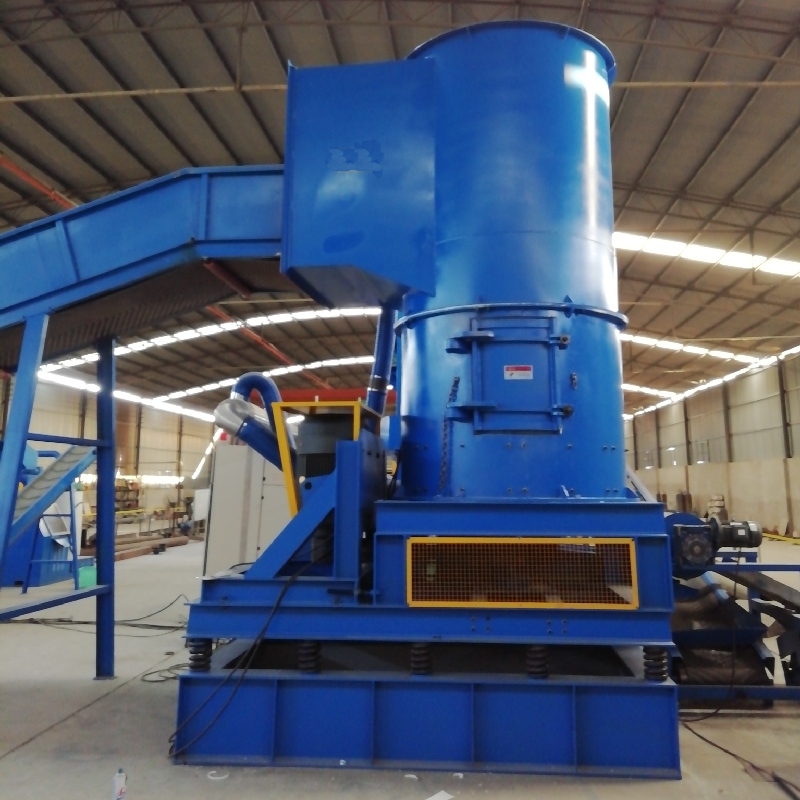Choosing the right small industrial metal shredder is crucial for businesses aiming to efficiently manage waste and optimize recycling processes. Having personalized expertise and a deep understanding of industrial equipment can place a company far ahead of its competitors. In this article, we will explore the essential features of small industrial metal shredders, provide insights from industry experts, and present real-world experiences to assure trust and authority in decision-making.

Small industrial metal shredders are indispensable tools in recycling facilities, metal fabrication shops, and other industries where metal waste management is a priority. These compact yet powerful machines are designed to break down metal scrap into smaller, manageable pieces, making transportation, recycling, and disposal much more efficient.
One of the standout features of a small industrial metal shredder is its cutting mechanism. Typically equipped with rotating blades or cutting discs, these shredders can handle a variety of metal types, including aluminum, copper, steel, and more. Tony Hills, an experienced industrial engineer with over 20 years of experience, emphasizes the importance of selecting a shredder with high-grade, hardened steel blades. Durability and sharpness of the blades are critical. They need to withstand the rigorous demands of shredding without frequent maintenance, he notes.

Equally important to consider is the shredder's throughput capacity.
Small industrial metal shredders are designed to process between 500 to 1,500 kg of material per hour, depending on the model. This capacity is crucial for businesses that need to match their production speed with their waste processing capability. As Jack Peterson, owner of a medium-sized metalworks factory, recounts from his own experience, Choosing a shredder with insufficient throughput was a costly mistake. It slowed down our entire workflow and meant we had to double handle material. We quickly upgraded to a model that could keep pace.
Safety and operational ease are also paramount. Today’s shredders incorporate various safety features, such as emergency stop buttons, automatic reversals for overfed materials, and noise reduction technology. Ensuring the shredder is user-friendly and includes comprehensive safety mechanisms is non-negotiable for fostering a safe working environment. Simone Clark, a safety officer at a prominent recycling plant, underscores this point Training operators to handle shredders safely is only part of the equation. The machine itself must minimize risks, and good design that prevents accidents is invaluable.
small industrial metal shredder
Energy efficiency is another critical factor. As businesses become more conscious of their carbon footprint, selecting energy-efficient models can lead to significant savings and a reduced environmental impact. Many modern small industrial metal shredders are designed to operate with optimal energy use, requiring less power without sacrificing performance. An industry case study reveals how a recycling center cut annual energy costs by 15% after switching to a more energy-efficient shredder model.
Moreover, the adaptability and versatility of the shredder are areas that merit attention. Some shredders can be customized with additional attachments or configurations to tackle different materials or specific operational needs. This adaptability not only prolongs the life of the machine but also expands its capabilities. Lucy Yates, a procurement specialist for a multi-national recycling corporation, observes that a shredder that can adapt as we diversify our scrap types offers immense value, negating the need for multiple machines.
When opting for a small industrial metal shredder, post-purchase support and warranty play crucial roles in guaranteeing long-term satisfaction. Trustworthy manufacturers often provide robust service agreements and lengthy warranties that cover both parts and labor. A comprehensive service plan ensures minimal downtime and continuous efficient operation, as highlighted by veteran maintenance technician Carl Morris Having reliable support from the manufacturer can save considerable time and expense, preventing small issues from snowballing into major disruptions.
The decision to invest in a small industrial metal shredder involves thorough research and consideration of several key factors to ensure the machine meets operational demands while delivering cost-effective performance. With insights from seasoned professionals, companies can be confident in their choice, aligning with industry best practices and operational efficiency.
In conclusion, a small industrial metal shredder is not merely a piece of equipment; it’s a strategic asset that, when chosen wisely, significantly enhances operational capabilities, safety, and cost efficiency, guiding businesses toward more sustainable and productive futures.


